
P16 S1 S1 S1 S1 S2 S2 S2 S2 ... ... ... ... S32 S32 S32 S32 0.5mm) 1 2 2. 3.
Warning Do not drop, bump or apply excessive impacts (300m/s2 or more for reed auto switches and 1000m/s2 or more for solid state auto switches) while handling. Although the body of the auto switch may not be damaged, the inside of the auto switch could be damaged and cause malfunction. Observe the proper tightening torque for mounting an auto switch.
Do not drop, bump or apply excessive impacts (300m/s2 or more for reed switches and 1000m/s2 or more for solid state switches) while handling. Although the body of the switch may not be damaged, the inside of the switch could be damaged and cause a malfunction. 2. Do not carry a cylinder by the auto switch lead wires. Never carry a cylinder by its lead wires.
Do not drop, bump or apply excessive impacts (300m/s2 or more for reed switches and 1000m/s2 or more for solid state switches) while handling. Although the body of the switch may not be damaged, the inside of the switch could be damaged and cause a malfunction. 2. Do not carry a cylinder by the auto switch lead wires. Never carry a cylinder by its lead wires.
Not required (1) VF Non-locking push type Unrestricted 300/50 m/s2 (2) Plug-in type VFR VP4 Dustproof 100, 200 VAC (50/60 Hz), 24 VDC 15 to 10% of rated voltage 5.6 VA/50 Hz, 5.0 VA/60 Hz 3.4 VA (2.1 W)/50 Hz, 2.3 VA (1.5 W)/60 Hz 1.8 W Conduit terminal Courtesy of Steven Engineering, Inc.-230 Ryan Way, South San Francisco, CA 94080-6370-Main Office: (650) 588-9200-Outside Local Area: (800
Large diameter piping Small diameter nozzle S1 Pressure loss: Small With nozzle S2 Effective area ratio 2:1 6 Pump capacity Previous rate Pressure Pump head (electric power) Pressure loss: Small P Pump outlet Nozzle outlet Discharge rate Main Points Improve pressure loss. Improve the effective area ratio with the upstream side by using a small diameter nozzle.
Note 4) (ft/s2) 30/150 (9/150ft/s2) Rated voltage 24VDC, 12VDC, 100VAC, 110VAC, 200VAC, 220VAC (50/60Hz) Allowable voltage fluctuation % 10% of rated voltage Coil insulation type Class B Enclosure Note 5) Dust proof (equivalent to IP40) Power consumption W Note 3) 2.5 (VDW10), 3 (VDW20/30) Note 1) Consult P/A when used under conditions which may cause condensation on the exterior of the
Conversion example for a 8[mm] lead actuator driven at an acceleration of 3000 [mm/sec2] Acceleration/Deceleration time constant (ms) = {3000 (r/min) 60 (S) } 8 (mm) 1000 3000 (mm/s2) Rated Motor Rotation Speed (mm/s) Acceleration time constant/deceleration time constant (ms) = {Rated rotation speed (r/min) 60 (S) } x screw lead (mm) x 1000 Acceleration/deceleration speed (mm/s2) *Note)
Conversion example for a 8[mm] lead actuator driven at an acceleration of 3000 [mm/sec2] Acceleration/Deceleration time constant (ms) = {3000 (r/min) 60 (S) } 8 (mm) 1000 3000 (mm/s2) Rated Motor Rotation Speed (mm/s) Acceleration time constant/deceleration time constant (ms) = {Rated rotation speed (r/min) 60 (S) } x screw lead (mm) x 1000 Acceleration/deceleration speed (mm/s2) *Note)
STO 13.3.3 3.2.2 ISO/EN ISO 13849-1 3 PL d 24 V EMG S4 S3 KM1 S2 KM1 K3 +24 V XS0 XS1 Z00 Z10 Z20 KM1 MELSEC (QS90SR2S) KM1 X0 COM0 24G X1 COM1 Z01 Z11 Z21 CN8 STO1 S1 EMG () STO2 STOCO M K3 TOFB1 TOFCOM 0 V TOFB2 20 S1STO (STO ) S2(STO ) S3ON S4OFF KM1 K3 EMG CN3 EM1 EM2 M . STOS1EMG0 STO[AL. 63 STO] 13.
The station address is set using the rotary switches S1 and S2. (1) Settings of the Rotary Switches S1 and S2 Set the station address using the rotary switches S1 and S2.
Do not drop, or apply excessive impact (980m/s2) while handing. Although the body of the sensor may not be damaged, the internal parts of the sensor could be damaged and lead to a malfunction. 2. The tensile strength of the cord is 49N. Applying a greater pulling force on it can cause a malfunction. When handling, hold the body of the sensor do not dangle it from the cord. 3.
Do not drop, bump, or apply excessive impact (100 m/s2) while handling. Although the body of the controller case may not be damaged, the inside of the controller could be damaged and cause malfunction. 2. The tensile strength of the power supply/output connection cable is 50 N; that of the pressure sensor lead wire with connector is 25 N.
amplitude in X, Y, Z directions for 2 hours each Vibration resistance 980 m/s2 in X, Y, Z directions 3 times each (Non energized) Impact resistance Temperature characteristics 2%F.S. or less (Based on 25C: Operating temperature range) Standard Compliant with CE Marking and UL/CSA (UL508) standards Wetted material Fitting: C3602 (electroless nickel plated), Sensor port: PBT, Sensor pressure
Do not drop, bump, or apply excessive impact (100 m/s2) while handling. Although the body of the controller case may not be damaged, the inside of the controller could be damaged and cause malfunction. 2. The tensile strength of the power supply/output connection cable is 50 N; that of the pressure sensor lead wire with connector is 25 N.
Do not drop, or apply excessive impact (980 m/s2) while handing. Although the body of the sensor may not be damaged, the internal parts of the sensor could be damaged and lead to a malfunction. 2. The tensile strength of the cord is 49 N. Applying a greater pulling force on it can cause a malfunction. When handling, hold the body of the sensor do not dangle it from the cord. 3.
Note 4) (ft/s2) 30/150 (9/150ft/s2) Rated voltage 24VDC, 12VDC, 100VAC, 110VAC, 200VAC, 220VAC (50/60Hz) Allowable voltage fluctuation % 10% of rated voltage Coil insulation type Class B Enclosure Note 5) Dust proof (equivalent to IP40) Power consumption W Note 3) 2.5 (VDW10), 3 (VDW20/30) Note 1) Consult SMC when used under conditions which may cause condensation on the exterior of the
This is a legacy product. Please contact us for the latest version.sales@ocaire.com
This is a legacy product. Please contact us for the latest version.sales@ocaire.com
This is a legacy product. Please contact us for the latest version.sales@ocaire.com
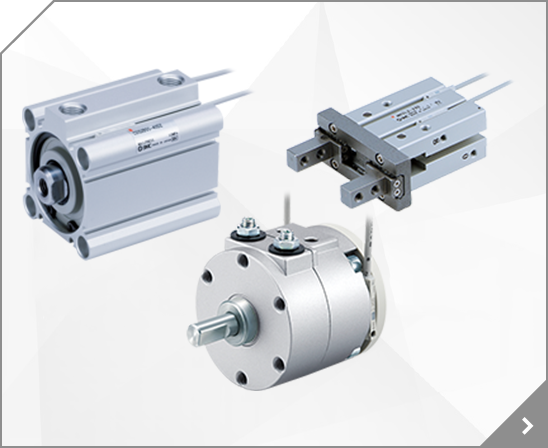
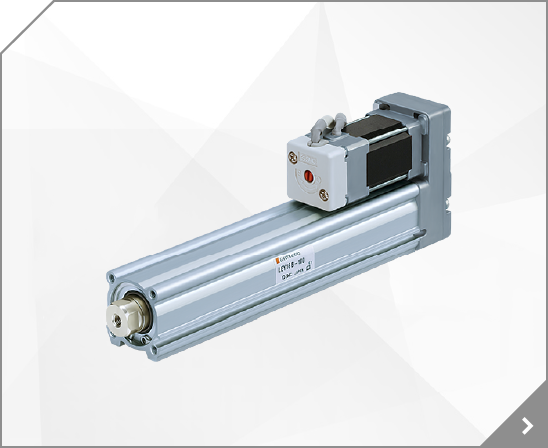
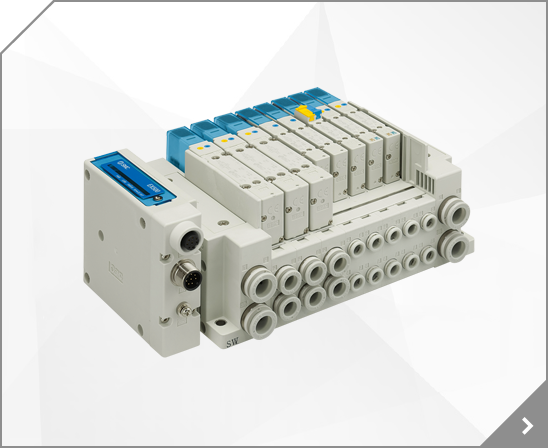
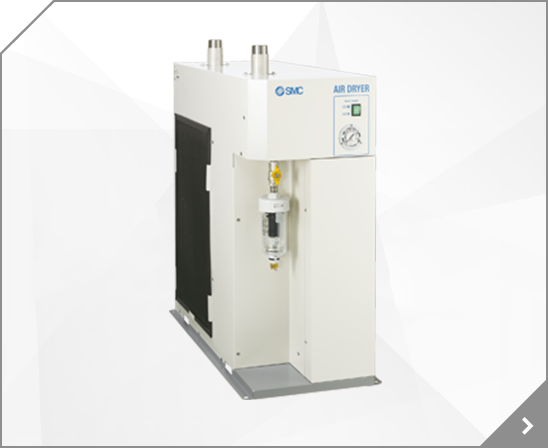
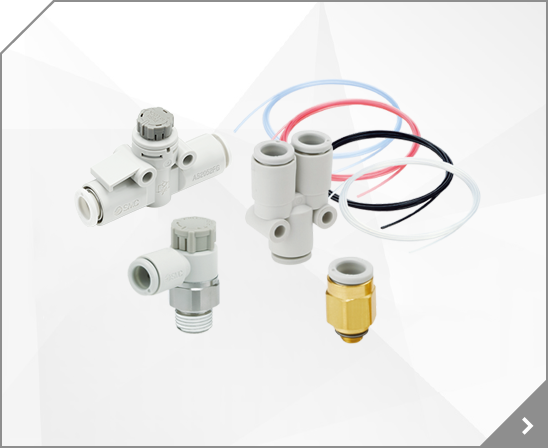

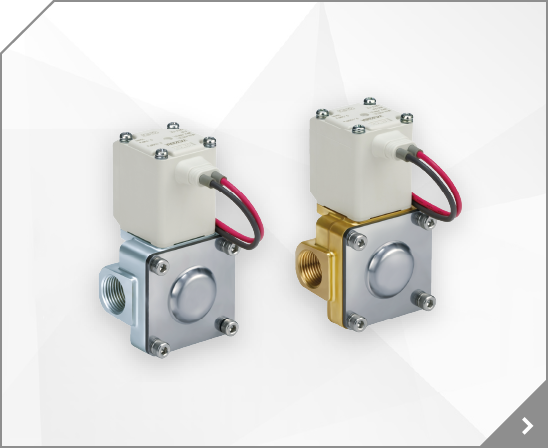

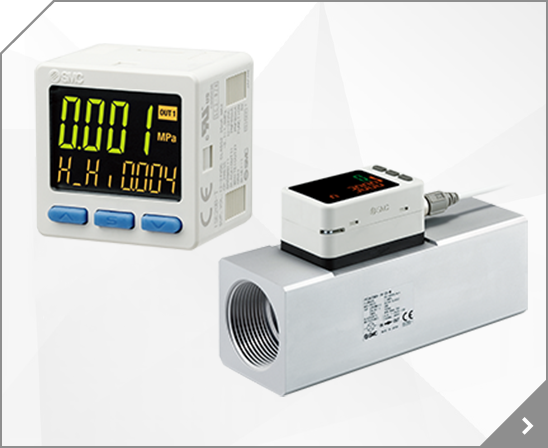
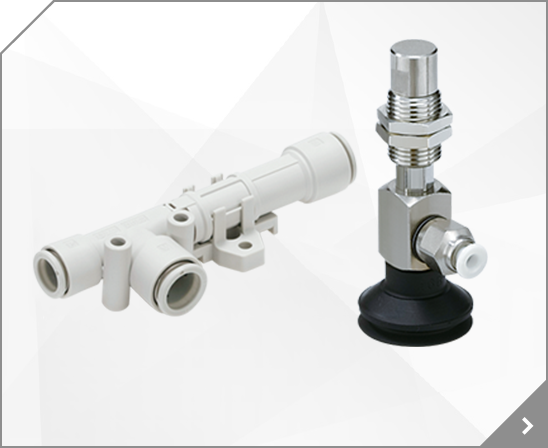

 CEx-OMQ0011
CEx-OMQ0011